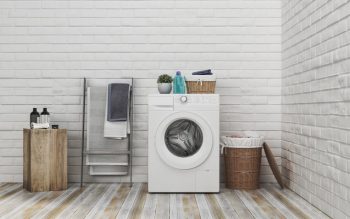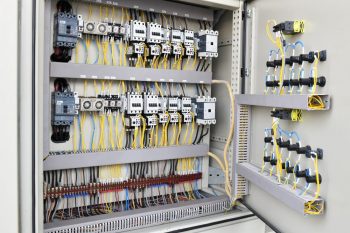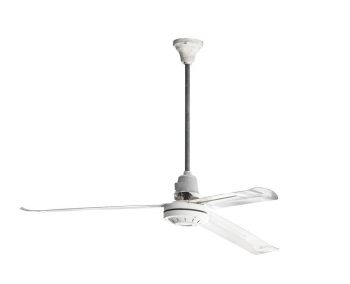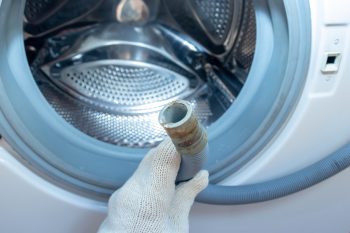
The lint trap, also known as the lint screen, is an important component of any dryer including Whirlpool models. It plays a critical role in the functionality and safety of your appliance. In this comprehensive guide, we’ll help you locate and maintain the lint trap on your Whirlpool dryer.
In a Whirlpool dryer, the lint trap is typically located either inside the door in front of the dryer drum or on top of the dryer in front of the controls. For top-load dryers, the lint screen may be inside the door or on top of the dryer in front of the controls as well. Combo washer and dryer units sometimes have a lint screen inside the door, but often, they do not have a lint trap at all. Always remember to clean the lint trap after every use to ensure efficient operation and safety.
What is a Lint Trap?
A lint trap, positioned in the air exhaust path of your dryer, is designed to capture lint as air is vented out during the drying cycle. It is a critical part of your dryer’s functionality and safety, preventing lint from building up in the dryer vent hose. This buildup can decrease the efficiency of your dryer, shorten its lifespan, and in extreme cases, create a fire hazard.
The Importance of Regular Cleaning
Regular cleaning of the lint trap is essential for several reasons. It can help to keep your energy bills down by ensuring that the dryer works efficiently. It can also extend the lifespan of your dryer by reducing wear and tear. Cleaning the lint trap helps to dry your clothes faster by maintaining proper airflow. Most importantly, it reduces the risk of fire.
Location of the Lint Trap in Whirlpool Dryers
In a Whirlpool dryer, the lint trap is typically located either inside the door in front of the dryer drum or on top of the dryer in front of the controls. For top-load dryers, the lint screen may be inside the door or on top of the dryer in front of the controls as well. Combo washer and dryer units sometimes have a lint screen inside the door, but often, they do not have a lint trap at all.
How to Access and Clean the Lint Trap
To access and clean the lint trap in your Whirlpool dryer, follow these simple steps:
- Locate the lint screen.
- Remove the lint screen.
- Use your fingers to remove lint from the screen.
- Vacuum inside the lint trap opening for deeper cleaning.
- Check the lint screen for residue and clean it with a nylon brush and detergent if necessary.
- Replace the lint screen back into the dryer.
Remember to perform these steps after every load and to deep clean the lint trap and slot approximately every six months.
Consequences of Neglecting the Lint Trap
Neglecting the lint trap on your Whirlpool dryer can lead to several potential problems, including an increased risk of fire hazards, mold growth, reduced dryer efficiency, damage to the dryer, and duct issues.
In conclusion, the lint trap is a crucial component of your Whirlpool dryer that requires regular maintenance. By keeping it clean, you can ensure the efficiency of your dryer, extend its lifespan, and most importantly, keep your home safe from potential fire hazards.
Frequently Asked Questions
What is the frequency of cleaning the lint trap in a Whirlpool dryer?
It is recommended to clean the lint trap after every load of laundry. For a deeper clean, it should be done approximately every six months.
Is there a specific tool to clean the lint trap?
While you can use your fingers to remove the lint, for a deeper clean, you can use a vacuum cleaner. If the lint screen has residue, you can clean it with a nylon brush and detergent.
How can I tell if my lint trap needs cleaning?
If your clothes are not drying as quickly as they should or the dryer is running hotter than usual, these could be signs that your lint trap needs cleaning.
What are the potential consequences of not cleaning the lint trap regularly?
Neglecting the lint trap can lead to reduced dryer efficiency, damage to the dryer, duct issues, an increased risk of fire hazards, and mold growth.
Can I run my dryer without a lint trap?
It is not recommended to run a dryer without a lint trap as it can cause lint to build up in the dryer vent hose. This can decrease the efficiency of your dryer, shorten its lifespan, and increase the risk of a fire.











